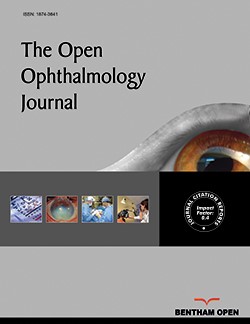All published articles of this journal are available on ScienceDirect.
Sustained Reversibility of Epikeratophakia: A Case Report
Abstract
Introduction
Epikeratophakia is a corneal refractive surgical procedure that has largely been replaced by intraocular lenses and newer refractive surgical techniques. In this procedure, the recipient corneal epithelium is denuded, and a prelathed lamellar donor corneal lenticule is sutured onto the surface of the recipient cornea. The primary pitfall of this technique is the limited predictability of refractive outcomes. The primary advantages include low risk and long-term reversibility. Published cases of successful epikeratophakia lenticule removal with preserved visual acuity are sparse. The long-term reversibility of epikeratophakia and the details of the technique used for successful removal need to be demonstrated. This information could be valuable for future patients and practitioners.
Case Presentation
The case herein demonstrates the successful removal of an epikeratophakia lenticule that had been in place for 38 years, with minimal damage to the underlying host cornea. The patient regained stable corrected vision of 20/70.
Conclusion
This case demonstrates the exceptional reversibility of epikeratophakia after 38 years. Successful reversibility of this procedure has been demonstrated up to 14 years, and reversibility with corneal changes has been demonstrated up to 29 years.


